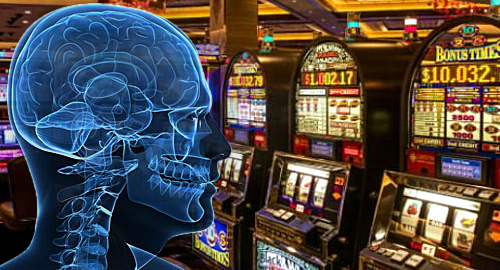New research suggests that images of gambling activity can produce reactions in the brains of problem gamblers that mimic the cravings experienced by drug addicts.
On Tuesday, University of British Columbia (UBC) researchers released the findings of their study into an area of the brain known as the insula and its relation to behavioral addictions. The findings, published in Translational Psychiatry, offer hope that treatments targeting this area of the brain could have benefits for individuals who struggle to control their gambling activity.
The study involved 38 individuals, half of whom had been previously diagnosed with pathological gambling disorders. The participants were shown photos of gambling activity as well as unrelated photos while undergoing a magnetic resonance imaging brain scan.
The 19 problem gamblers reported a higher level of craving when shown the gambling photos, and their brains showed increased activity in the insula and parts of the frontal cortex, areas that have been linked with craving and self-control in drug addicts.
